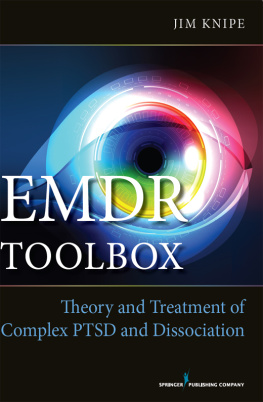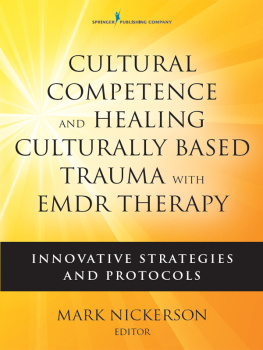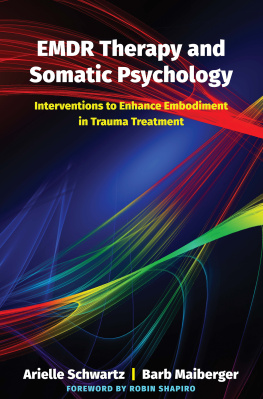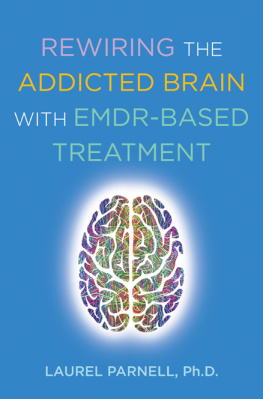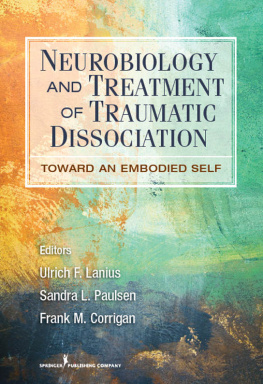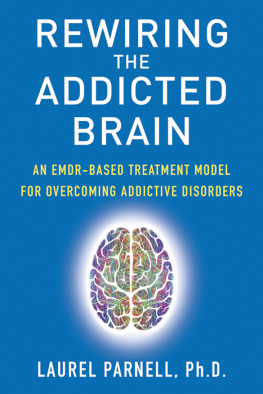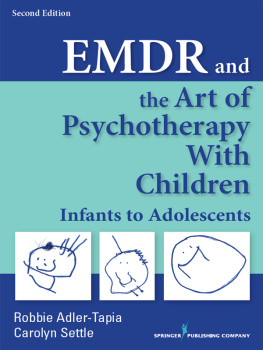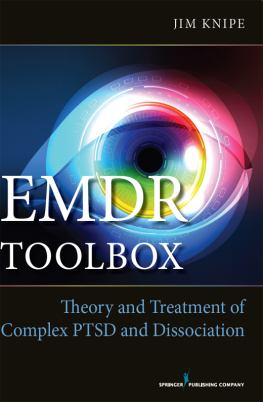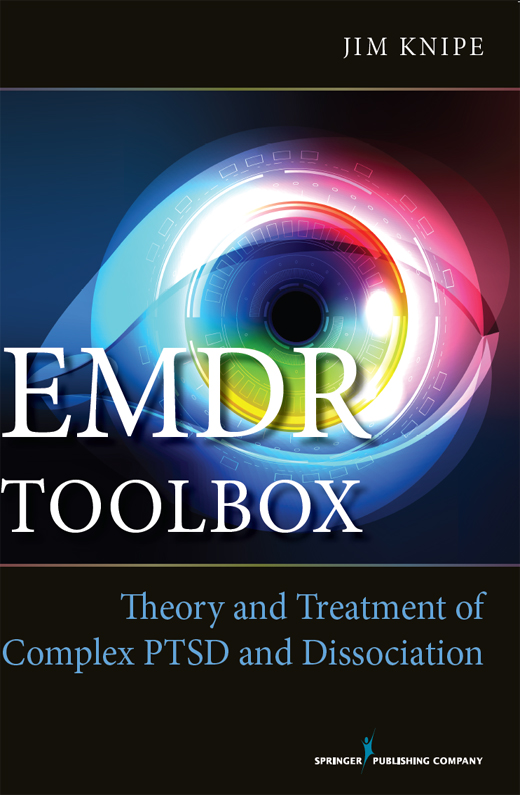EMDR Toolbox
Jim Knipe, PhD, has been a licensed psychologist in private practice in Colorado since 1976 and has been using EMDR since 1992. Dr. Knipe is an EMDR-HAP Trainer, an EMDRIA-approved consultant and instructor, and was designated a Master Clinician by EMDRIA in 2007. He was a keynote speaker at the 2010 EMDRIA conference and was an invited guest speaker at the 2006 and 2007 EMDRIA annual conferences; the 2006, 2008, and 2012 EMDR-Europe Annual Conferences; the 2010 EMDR Asia conference; and national EMDR conferences in Denmark, Germany, Scotland, Italy, Belgium, Sweden, Spain, the Netherlands, Turkey, and Japan. He has been involved with the EMDR Humanitarian Assistance Programs, serving on the Board of Directors and as research and training director, and has also been involved in HAP programs in Oklahoma City, Turkey, New York (following 9/11), the Palestinian Territories, Sri Lanka, and Indonesia. In addition, he is a coauthor of published outcome research documenting the effects of EMDR with survivors of 9/11 and with those traumatized by the 1999 Marmara earthquake in Turkey.
Dr. Knipe has contributed chapters to EMDR Casebook (Manfield, 2002); EMDR Solutions, Volumes I and II (R. Shapiro, 2005, 2009); Healing the Heart of Trauma and Dissociation (Forgash & Copeley, 2007); EMDR Scripted Protocols: Special Populations (Luber, 2009); and EMDR and Dissociation: The Progressive Approach (Gonzales & Mosquera, 2012). These writings have described specific procedures that can be utilized to extend EMDR to clients who present with self-defeating psychological defenses and/or dissociative symptoms.
EMDR Toolbox:
Theory and Treatment of Complex PTSD and Dissociation
Jim Knipe, PhD

Copyright 2015 Springer Publishing Company, LLC
All rights reserved.
No part of this publication may be reproduced, stored in a retrieval system, or transmitted in any form or by any means, electronic, mechanical, photocopying, recording, or otherwise, without the prior permission of Springer Publishing Company, LLC, or authorization through payment of the appropriate fees to the Copyright Clearance Center, Inc., 222 Rosewood Drive, Danvers, MA 01923, 978-750-8400, fax 978-646-8600, .
Springer Publishing Company, LLC
11 West 42nd Street
New York, NY 10036
www.springerpub.com
Acquisitions Editor: Sheri W. Sussman
Production Editor: Walter Friedman
Composition: Integra Software Services Pvt. Ltd.
ISBN: 978-0-8261-7126-9
e-book ISBN: 978-0-8261-7127-6
14 15 16 17 / 5 4 3 2 1
The author and the publisher of this work have made every effort to use sources believed to be reliable to provide information that is accurate and compatible with the standards generally accepted at the time of publication. The author and publisher shall not be liable for any special, consequential, or exemplary damages resulting, in whole or in part, from the readers use of, or reliance on, the information contained in this book. The publisher has no responsibility for the persistence or accuracy of URLs for external or third-party Internet websites referred to in this publication and does not guarantee that any content on such websites is, or will remain, accurate or appropriate.
Library of Congress Cataloging-in-Publication Data
Knipe, Jim, 1944- author.
EMDR toolbox : theory and treatment of complex PTSD and dissociation/Jim Knipe.
p. ; cm.
Includes bibliographical references.
ISBN 978-0-8261-7126-9 ISBN 978-0-8261-7127-6 (eBook)
I. Title.
[DNLM: 1. Stress Disorders, Post-Traumatictherapy. 2. Eye Movement Desensitization Reprocessingmethods. 3. Models, Psychological. WM 172.5]
RC489.E98
616.85'210651--dc23
2014010597
Special discounts on bulk quantities of our books are available to corporations, professional associations, pharmaceutical companies, health care organizations, and other qualifying groups. If you are interested in a custom book, including chapters from more than one of our titles, we can provide that service as well.
For details, please contact:
Special Sales Department, Springer Publishing Company, LLC
11 West 42nd Street, 15th Floor, New York, NY 10036-8002
Phone: 877-687-7476 or 212-431-4370; Fax: 212-941-7842
E-mail:
Printed in the United States of America by Bradford & Bigelow.
To Nancy, who has given me the gift of love, friendship, and life partnership during the past 48 years, and whose unequivocal support, encouragement, and unfailing patience were essential in the writing of this book.
Contents
Preface
T his is a book for therapists who are trained and experienced in using EMDR, but who are stymied sometimes about how to structure therapy sessions to help clients with more complex emotional problems. The methods described in the chapters that follow are meant to supplement, not replace, standard EMDR procedures (Shapiro, 1995, 2001). Those procedures are extremely useful and effective (Maxfield & Hyer, 2002), with a wide variety of clinical presentations that originate in or include disturbing traumatic memories. However, for some clients, those who have suffered early, complex, and prolonged abuse or neglect, additional therapy toolsconceptual models and specific therapy interventionscan significantly extend the therapeutic power of EMDR-related methods.
I began using EMDR in 1992. At that time, I had had a practice as a therapist for several decades, with the particular focus of treating complex emotional problemspersonality disorders, addictive disorders, clients with thought disorders and poor reality contact, and clients with histories of childhood abuse. EMDR met a need that had repeatedly come up in my work with clients. Many people who had been in therapy over the years had developed cognitive understanding of why they were unhappy, and this had helped, but part of the affective element of their initial problem had remained. One person said, I know why I am nervous around my father, after everything that happened when I was a kid. I know all that, but when he calls on the phone, I still feel anxious, like I am 10 years old, all over again! For many clients who endured sexual abuse or sexual assaults, the therapy process was very arduous, and for those who had gained insight into their history, but still had intense feelings of guilt or fear, all I could suggest was continuing exposure to these irrational affects, either in my office or when these feelings arose between sessions.
EMDR was a solution to this problem. It was a way to break through, relatively quickly, and help these individuals tame the flashbacks and the disturbing emotions that had resulted from their prior life experience. My enthusiasm for EMDR was channeled into several research projects, work with the EMDR Humanitarian Assistance Program, and, in my practice and in writing, exploration of ways that EMDR-related procedures could be used in the treatment of the more complex psychological disorders.
Therapists who are trained and experienced in the use of EMDR often report a particular phenomenon during the first year after their training. The composition of the therapists clinical practice is likely to significantly change. Those clients with simple, single-incident posttraumatic disturbancea traumatic event that the person was depressed or anxious about, and was reliving mentallywere able to finish therapy fairly quickly, say Thank you very much! and be on their way. Consequently, within the practice of a newly trained EMDR therapist, there tends to be a shift to an increasing proportion of clients with more complexity in their clinical picture. The great majority of clients come to therapy with issues, not just of troubling memories but also of interpersonal problems and significantly problematic personality structure. Oftentimes, that is when additional conceptual models and additional proceduresadditional therapy toolsare needed.

